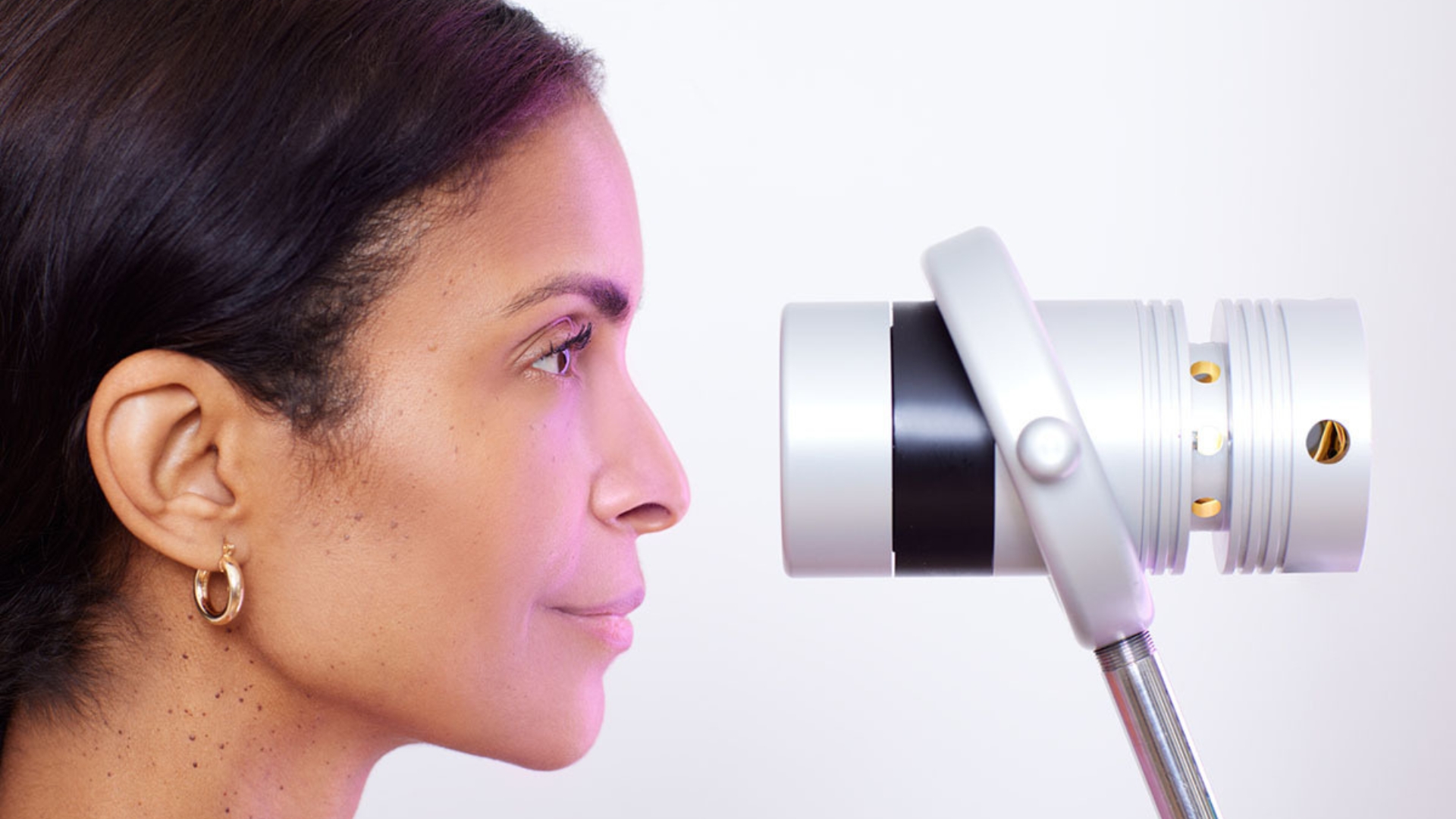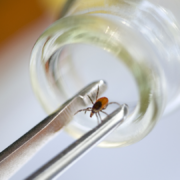How Lyme Disease Can Lead to MCS
Can you name the world’s fastest-spreading infectious disease—that’s not a coronavirus? Lyme Disease is without a doubt the fastest-growing vector-borne infection, which is transmitted via the bite of a black-legged-, Deer- or Lone Star tick carrying the pathogenic bacterium, Borrelia burgdorferi.
According to the Centers for Disease Control and Prevention (CDC), approximately 476,000 people may get Lyme disease each year in the United States, making it one of the world’s most common infectious diseases, vector-borne or otherwise.
Although doctors are quicker to diagnose Lyme Disease now than in years past, there remain limitations to diagnostic testing. Therefore, thousands of people either have undetected Lyme Disease or were treated too late before the infection created systemic inflammation.
It’s well-established that when people carry Lyme Disease undetected, they can develop debilitating fatigue, recurring fever, or joint pain.
What people may not be aware of is chronic, untreated Lyme Disease can trigger a vast array of secondary illnesses never experienced before contracting Lyme. It’s for this reason that a 1988 research article published in the Pediatric Infectious Disease Journal described Lyme Disease as the “latest great imitator.”
Like syphilis in the 19th century—and Covid-19 today—Lyme Disease can cause a mind-boggling number of seemingly unrelated symptoms and illnesses, including Multiple Chemical Sensitivity (MCS).
What is Multiple Chemical Sensitivity (MCS)?
Have you ever wondered why certain people seem to be sensitive or allergic to just about everything? It’s one thing to stroll down the household cleaner and laundry detergent aisle in the supermarket and want to hold your nose because of the noxious chemicals wafting through the BPA-laden plastic containers. But it’s another thing when doing so would trigger a severe reaction such as intense migraines.
For people with chronic Lyme Disease, one of the most common secondary illnesses that can develop is Multiple Chemical Sensitivity or MCS. It’s not only the usual suspects that may trigger debilitating symptoms of MCS: mold as well as synthetic fragrances in perfumes, cleaning products, laundry detergents, and dryer sheets.
MCS can also be triggered by exposure to bright light or even loud noises. Noise pollution is annoying to most people. However, people without MCS don’t suffer from debilitating symptoms when exposed to it.
An umbrella condition that encompasses among other secondary illnesses, fibromyalgia, CFS, and cacosmia—a hypersensitivity to different scents, toxic or non-toxic—MCS could be called the “allergic to everything disorder.”
You might think that MCS is a recently-discovered condition because Lyme was discovered in the early 1970s, and many of the symptoms associated with MCS overlap with Lyme.
Actually, symptoms of the illness were first described more than two centuries ago, when coal-fired industries caused rates of asthma, allergies, and cancer to soar. The rates of MCS have dramatically risen since then, in accordance with the number of chemicals to which humans are now exposed. (Every day, Americans are exposed to some 80,000 chemicals, few of which are adequately tested for their effects on human health, says the New York State Health Foundation).
Other Secondary Illnesses Associated With Lyme Disease
Let’s now take a look at some other examples of secondary illnesses that may arise when Lyme Disease is not quickly treated after the infection is transmitted.
It’s important to note, first, however, that secondary illnesses or symptoms are not necessarily the same as Lyme Disease co-infections, which are other pathogenic bacteria or viruses transmitted by ticks.
POTS (Postural Orthostatic Tachycardia Syndrome)
Have you ever felt lightheaded after standing up too quickly? Then you have a little taste of how the estimated 1 to 3 million people who have POTS in the United States feel on a regular basis.
In addition to lightheadedness, POTS can be more serious, as it can trigger fainting and tachycardia (a rapid or irregular heartbeat).
This blood pressure disorder has a few different forms, one of the most common being “hyperadrenergic POTS.” This is caused by an overactive sympathetic nervous system, which controls the “fight, flight or freeze” responses to stress.
- Chronic Fatigue Syndrome (CFS)
- Chronic Inflammatory Response Syndrome (Most often triggered by mold exposure or other environmental toxins)
- Sleep disorders
- Food sensitivities (Not caused by a food allergy that was present pre-Lyme)
What Causes Multiple Chemical Sensitivity?
Do secondary illnesses caused by untreated Lyme Disease such as MCS have a core, underlying cause? Is it because of the sheer number of environmental toxins we’re exposed to? Without a doubt, toxic exposure is a factor.
But the underlying cause is, in essence, an overload of the nervous system. Lyme Disease that’s not quickly treated can cause major stress to the body, causing a hyperactive misfiring of neural circuits in the limbic system, the part of the brain that controls behavior and emotions, and perhaps more relevantly with MCS, connects the conscious cerebral cortex with the unconscious, autonomic (“rest and digest”) functions of the brain stem. In other words, with MCS, the brain’s panic alarm can’t shut off.
With MCS and other secondary illnesses of Lyme Disease, the brain is in constant alert mode. The amygdala sends all-too-frequent alarm messages to the hypothalamus (abbreviated as “H”). From there, the panic button triggers the pituitary gland (P), which signals the adrenal glands (A) to secrete the stress-controlling hormone, cortisol.
For people with chronic Lyme Disease, it’s this constant hyperactivity of the H-P-A axis that may cause normally benign substances and environmental situations to be interpreted by the brain as a foreign invader that needs to be dealt with, stat. Like a person who is emotionally guarded because they’ve been burned several times by love, the brain tries to protect the body from further harm by keeping the immune system on constant alert, pumping out histamine like a geyser.

Holistic Solutions For Multiple Chemical Sensitivity
Is there a way to “convince” the brain to ignore a threat? Or better yet, how can you get the brain to realize there is no threat? Are there any effective, non-invasive solutions for resolving the hyper-triggering of the HPA axis? Thankfully, there are holistic solutions for resolving this maladaptive stress response.
Obviously, one way is to avoid chemicals. In conventional medicine, unfortunately, that’s pretty much the only known “remedy.” But that’s not an easy task or practical advice when you’re sensitive to just about everything inside and out of your home.
Thankfully, there are holistic options that may help alleviate secondary symptoms or illnesses associated with Lyme Disease, including:
- Treatment by an environmental medicine doctor
- Biofeedback therapy: This works by altering one’s awareness/consciousness of how the mind both interprets and interacts with stress and anxiety.
- Neuroplasticity: Retraining the brain. Forming and reorganizing synaptic connections, especially after a major stressor to the body.
- Dynamic Neural Retraining System™ (DNRS): A form of neuroplasticity, DNRS rewires the brain to operate in a more parasympathetic state (rest and digest). Developed by Annie Hopper, a former sufferer of MCS and other mysterious illnesses. Hopper was inspired by the work of Dr. Norman Doidge’s book, “The Brain That Changes Itself.”
- Traditional medicine: A 2021 research study published in Alternative Therapies in Health and Medicine describes how two cases of MCS were treated with Kampo medicine, which is basically the Japanese equivalent of TCM (traditional Chinese medicine). Obviously, more research is needed to draw definitive conclusions, nonetheless, the case study is promising for people with MCS.
- Innovative Medicine addresses MCS and secondary illnesses associated with Lyme Disease with a holistic approach. One of our latest podcasts features the story of Jen Blake, a New York Center for Innovative Medicine former patient and Lyme Disease survivor.
Disclaimer: The statements made in this article have not been evaluated by the Food and Drug Administration. Any products or treatments mentioned are not intended to diagnose, treat, cure, or prevent any disease. Please consult a licensed medical practitioner for medical advice.
At Innovative Medicine, we believe in transparency. We want you to know that we may participate in affiliate advertising programs pertaining to products mentioned herein.
See how we can help you restore complete health of body, mind & spirit.
Join our mailing list and receive exclusive offers + information!







Leave a Reply
Want to join the discussion?Feel free to contribute!